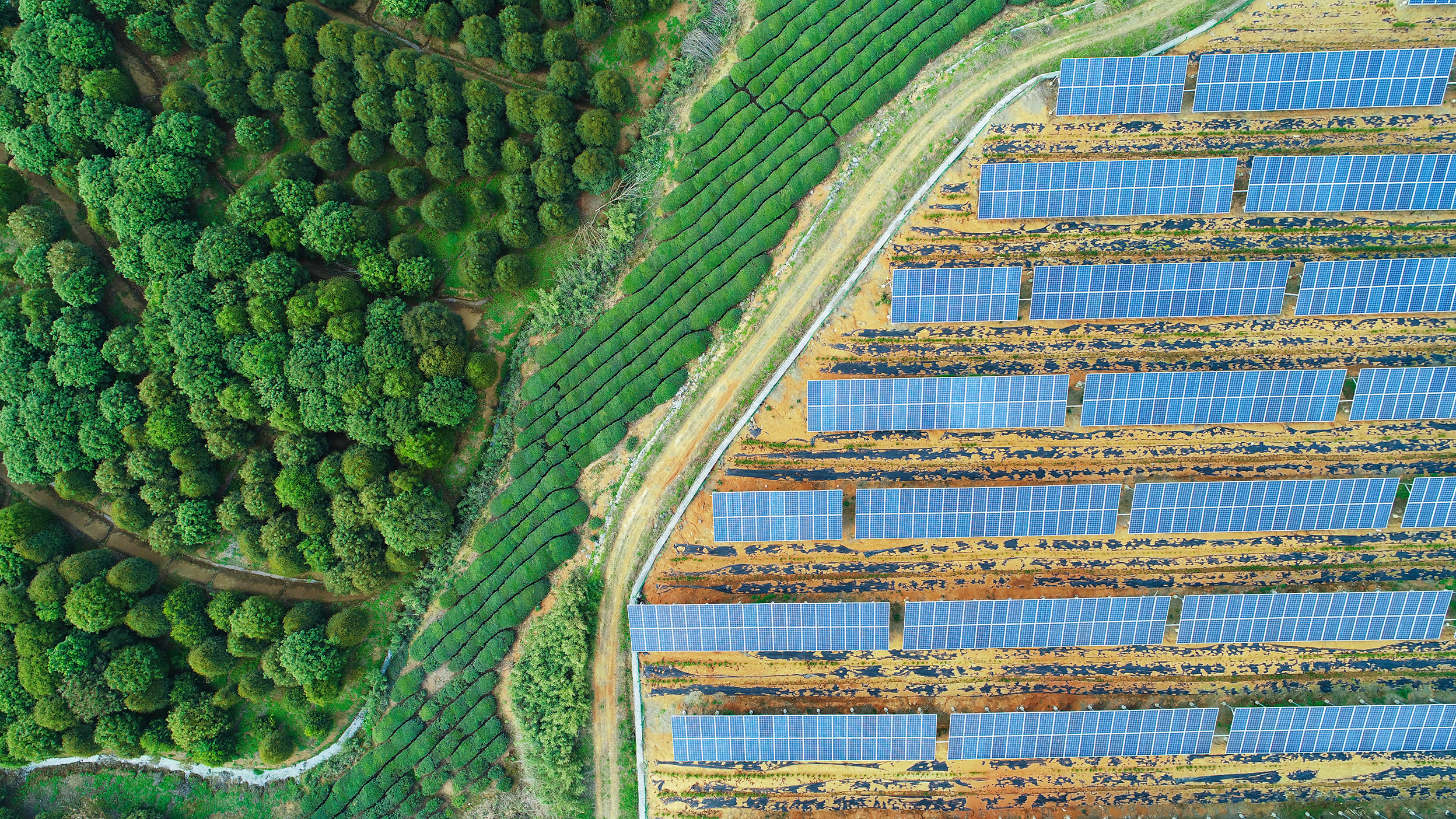The EU Sustainable Finance Disclosure Regulation (SFDR), introduced in March 2021, set out a classification system to improve the transparency of environmental, social and governance (ESG) factors in financial products.
SFDR Classifications
The rules make it more difficult for financial firms to “greenwash” products or say they are ESG friendly or sustainable when they are not. Financial products are classed as either Article 6, Article 8 or Article 9 funds. An Article 6 classification does not have a sustainable investment objective. An Article 8 classification promotes environmental or social characteristics, while Article 9 has a sustainable investment objective.
“The SFDR is designed to help institutional and retail clients understand, compare, and monitor the sustainability characteristics of investment products by standardising sustainability disclosures,” says Maximillian Kufer, Head of ESG Client Strategy for EMEA and Global Private Markets at Invesco. “It’s intended to provide greater transparency on what criteria have been applied to products by categorising them, based on their credentials.”
“We recognise that clients have diverse needs when it comes to investing sustainably. An Article 6, 8 or 9 designation aims to provide clarity for investors by categorising funds according to their sustainability characteristics and therefore helping investors select funds that align with their sustainability and investment objectives.”
The classifications help investors understand the sustainability focus of the funds they are considering, so they can make informed decisions about investing in them.
Since adopting the SFDR back in March 2021, we have carried out a methodical review of our product range and where appropriate, classified in-scope products as Article 8 or Article 9.1






